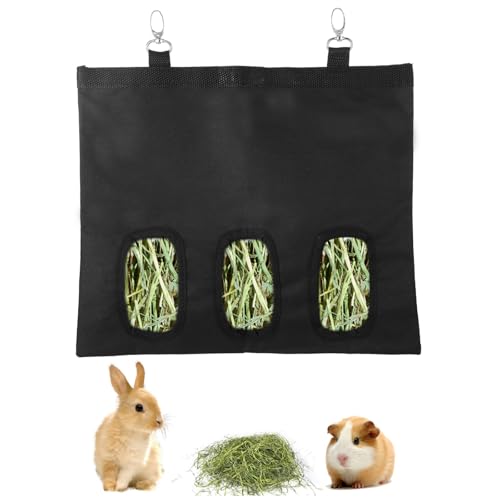Honeybuns62
Member
- Joined
- Feb 11, 2022
- Messages
- 14
- Reaction score
- 6
Hi!
i am trying to learn more about harlequins as I’d like to try for those colors eventually. I read about different colors (such as blue, blue fawn, lilac and chocolate harlequins). I read about these but there were no photos. Any idea what these could look like or are these just fancy names for slight variations?
background info - I have a cream holland lop buck now so I’d be looking to add a holland lop doe to my bunch. I wouldn’t be opposed to magpies either but not sure that a cream and harlequin of any of the above shades/types would throw that.
i am trying to learn more about harlequins as I’d like to try for those colors eventually. I read about different colors (such as blue, blue fawn, lilac and chocolate harlequins). I read about these but there were no photos. Any idea what these could look like or are these just fancy names for slight variations?
background info - I have a cream holland lop buck now so I’d be looking to add a holland lop doe to my bunch. I wouldn’t be opposed to magpies either but not sure that a cream and harlequin of any of the above shades/types would throw that.

























